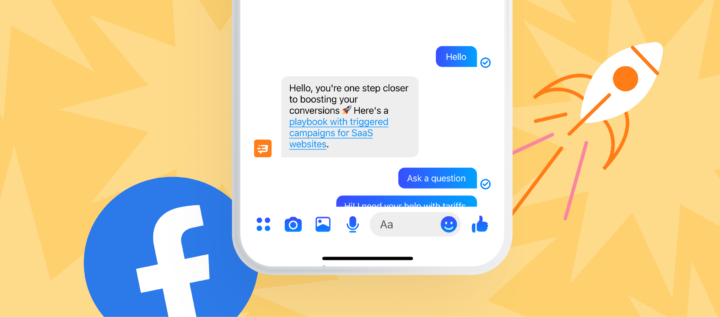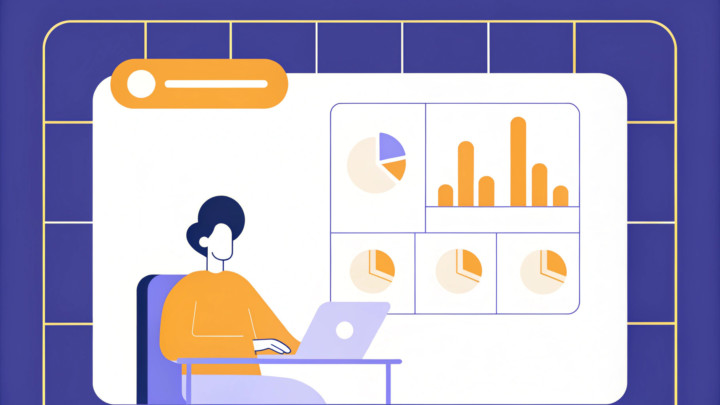One time payment AI sales agent vs. subscription-Based: What’s best for your sales team?
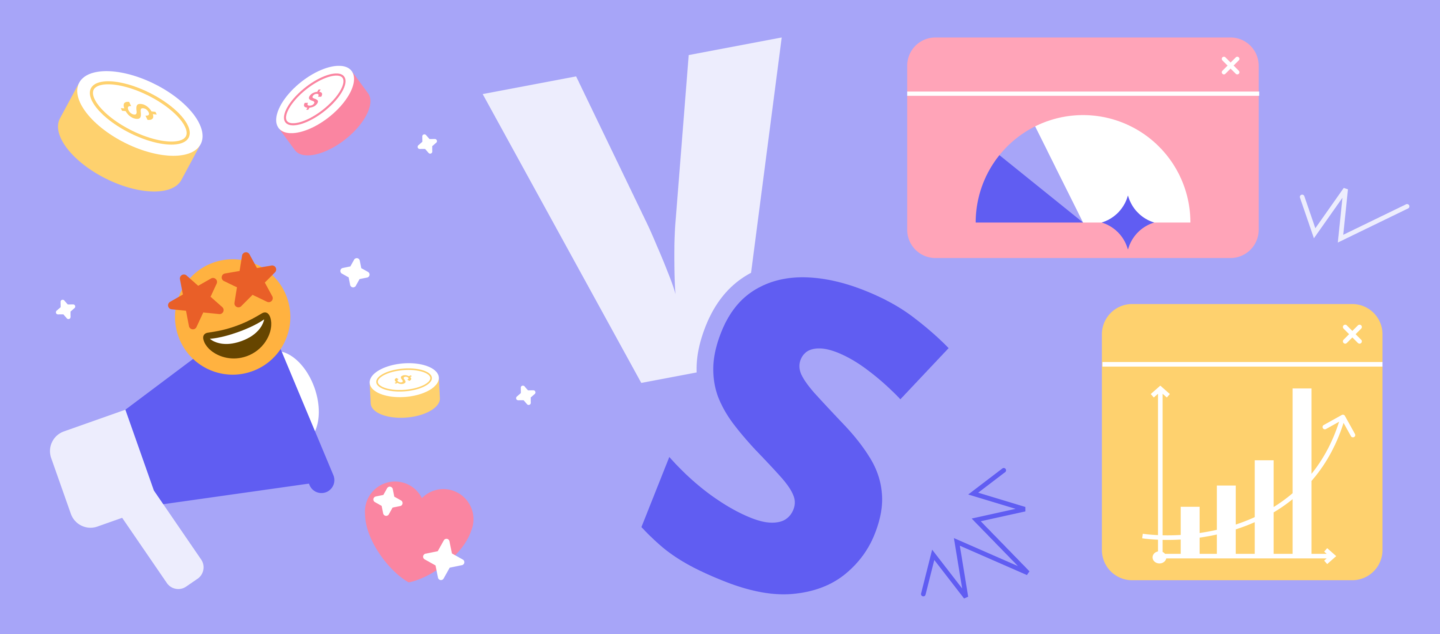
In the race to automate and scale sales, AI sales agents are taking the spotlight. But when it comes to choosing the right one, payment models matter. Should you go for a one-time payment AI sales agent or opt for a subscription-based solution? Let’s break it down.
What is a one time payment AI sales agent?
A one-time payment AI sales agent is software you pay for once and use indefinitely. It usually comes with a fixed set of features and requires little or no ongoing payments. Once installed or set up, it runs on your system without recurring fees.
Here are some common characteristics:
- Upfront fee, often higher than a monthly subscription
- You own the license or access permanently
- Support and updates may be limited or sold separately
- Often more rigid in terms of customization
This model appeals to teams who want to control costs or avoid long-term commitments.
How subscription-based AI sales agents work
A subscription-based AI sales agent is paid for monthly or annually. You essentially rent access to the platform and receive continuous improvements, new features, and support as part of the package.
Typical features include:
- Full access to current tools and capabilities
- Frequent updates and new functionality
- Customer support and onboarding services
- Pay-as-you-grow scalability
Think of it like hiring a dynamic AI-powered sales rep who’s always learning and evolving — and backed by a product team that ensures everything stays sharp.
H2: Key differences in payment models
When choosing between these two, it’s all about what matters most to your team.
| Feature | One-Time Payment | Subscription-Based |
| Upfront Cost | High | Low to moderate |
| Long-Term Cost | Lower (if used long-term) | Higher over time |
| Updates | Sometimes extra | Included |
| Support | Limited or paid | Included |
| Flexibility | Static | Adaptive |
| Scalability | Limited | Built-in |
Each payment model serves a different mindset. One prefers certainty and control. The other values agility and evolution.
Pros of a one-time payment AI sales agent
Here’s why some teams prefer the one-time model:
- Lower long-term costs. Pay once, and that’s it. No monthly invoices or growing SaaS bills.
- Full ownership. You own the tool, host it internally, and control the environment.
- Fewer vendor dependencies. You’re not tied to service terms or annual renewals.
- Predictable spending. Great for teams with fixed budgets or no desire for ongoing fees.
It’s a solid choice for companies that want to lock in their toolset, use it as-is, and don’t expect major changes.
Cons of a one-time payment AI sales agent
However, there are some trade-offs:
- No continuous updates. Unless you pay extra, your AI agent may become outdated.
- Limited support. Many one-time tools offer minimal onboarding or customer success.
- Lack of adaptability. As your sales strategy evolves, rigid tools can slow you down.
- Security and compliance risks. Outdated software may not keep up with privacy standards.
In fast-moving sales environments, these limitations can become bottlenecks.
Pros of a subscription-based AI sales agent
When you subscribe to an AI sales agent, you’re not just buying software — you’re investing in a service that evolves with your team.
Here’s what makes the subscription model stand out:
- Ongoing updates and improvements. You’re always running the latest version.
- Built-in support. Help with setup, integrations, and optimization is included.
- Scalability. You can start small and expand as your pipeline grows.
- Budget-friendly onboarding. Lower initial investment makes it easier to get started.
- Flexible contracts. Adjust based on usage or switch plans as needed.
It’s like hiring an SDR who never sleeps, keeps learning, and comes with a full support crew.
Cons of a subscription-based AI sales agent
That said, there are a few concerns:
- Higher long-term costs. You pay monthly or annually — forever.
- Vendor lock-in. Switching platforms later may be painful.
- Potential overpaying. If usage drops, you might still pay full price.
- Feature changes. You don’t always control when features are updated or removed.
For teams that value stability over change, this model might feel too fluid.
One-time investments vs. ongoing improvements
If you view AI sales agents as a one-off tool, the one-time payment model works. But if you want a solution that grows with your team, subscriptions win.
One-time payment is best for stable workflows. Subscription is ideal for iterative sales processes.
It comes down to mindset: Do you need a fixed tool or a flexible system?
The cost of ownership: time, upgrades, and support
Don’t just think about cost. Think about time.
When you choose a one-time agent, you may spend hours managing upgrades, bugs, or integration issues. With a subscription-based tool, much of that is handled for you.
Cost isn’t just money. It’s also:
- Your time to troubleshoot
- Your team’s time to adjust
- Your customer’s time to wait for a fix
Paying a subscription can save hidden operational costs in the long run.
How Dashly’s subscription-based AI agent delivers timely sales results
Dashly’s AI sales agent is built to drive results from day one.
Here’s what it includes:
- Automated qualification tailored to find your ICP
- 24/7 inbound lead engagement
- Smart meeting booking with MQLs
- Nurturing leads to the meeting across channels (website, email, messengers)
- Native integrations with your CRM and the rest of the tech stack
Check out how Dashly’s AI SDR agent qualifies leads and guides them down different funnel depending if they’re an MQL or not 👇
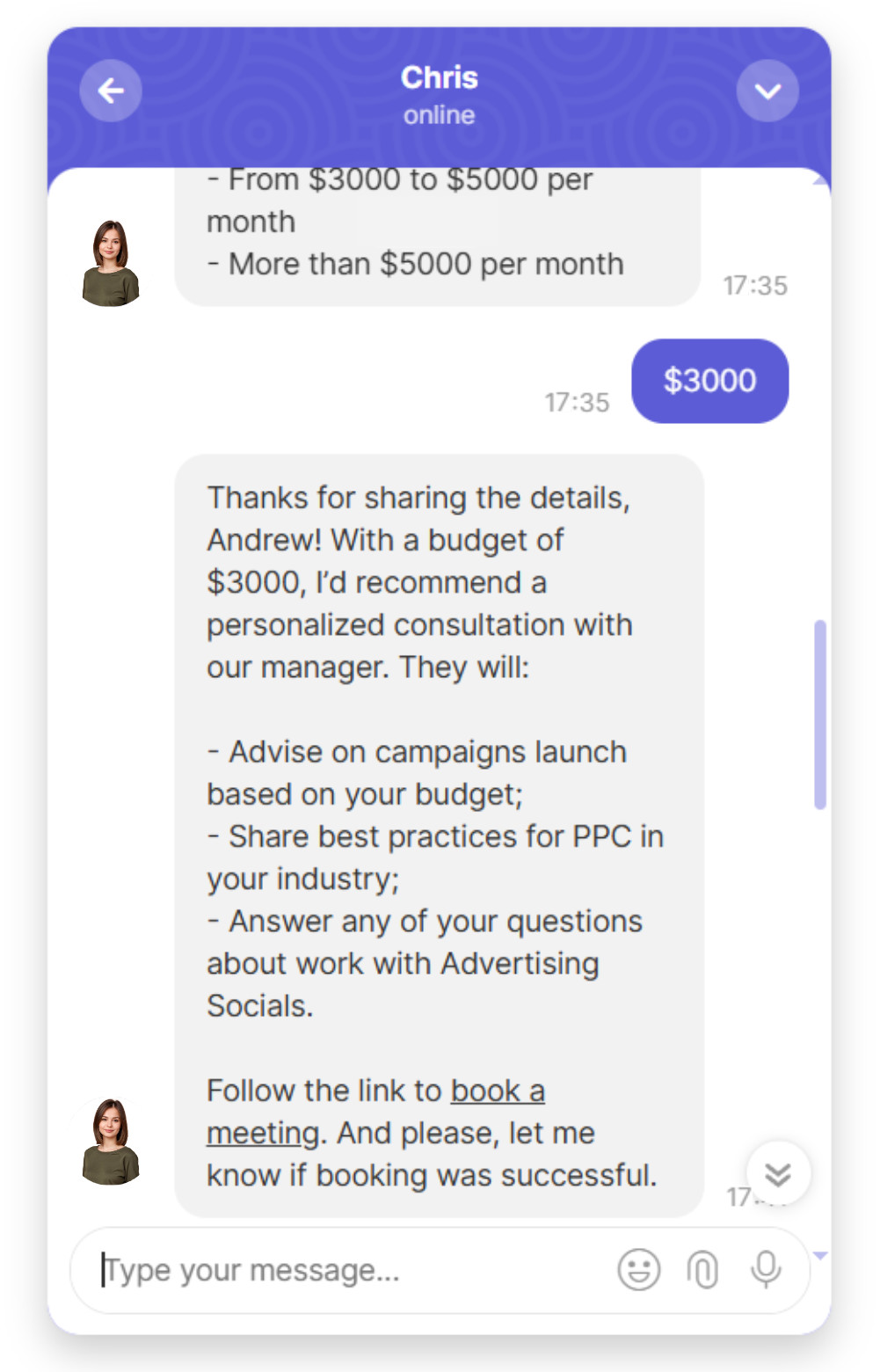
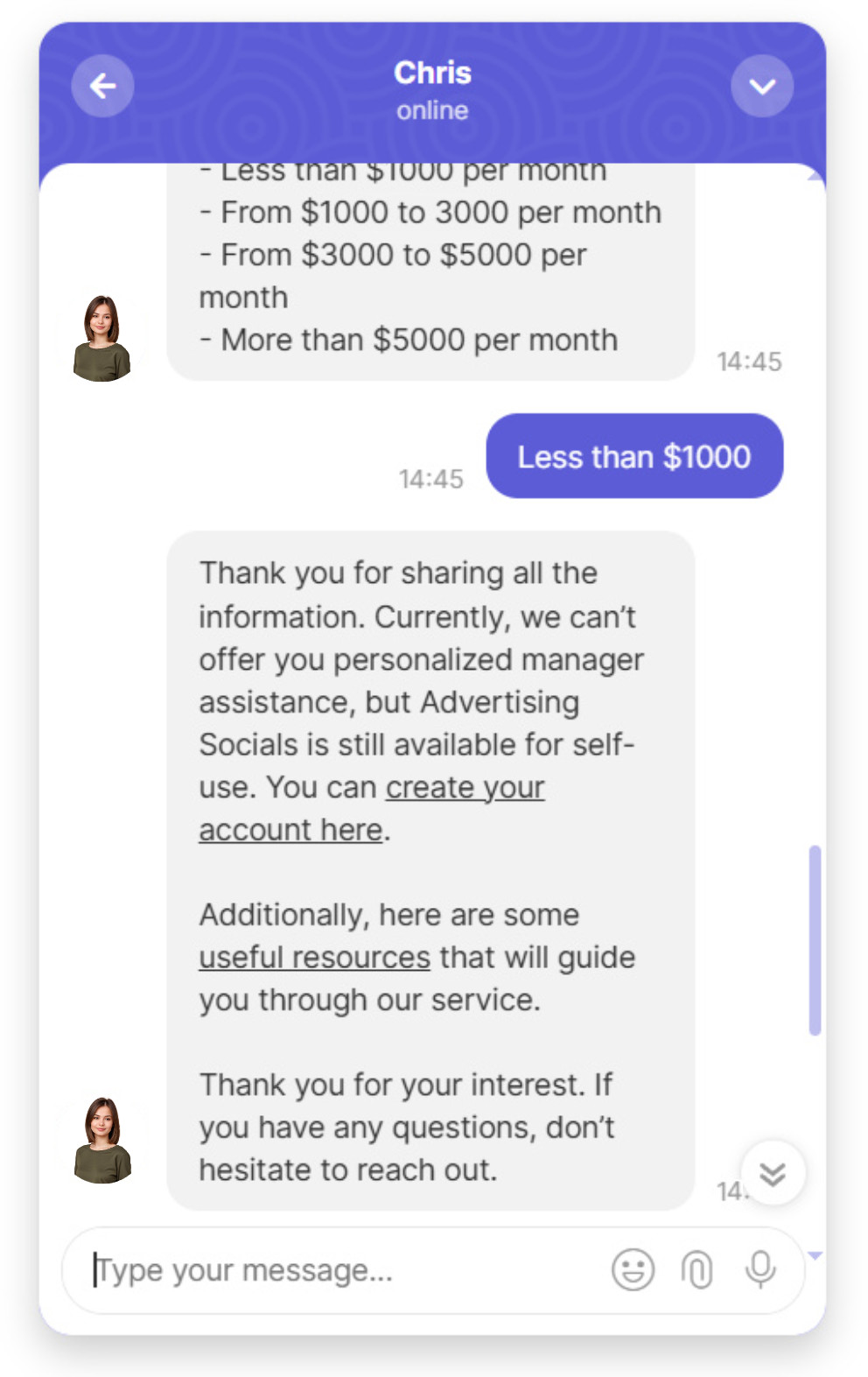
You get more than a tool. You get a partner in sales automation.
Which payment model fits your team best?
A closer look at AI sales agent technology
Here are 5 questions to help you decide:
- Do we expect to change our sales process often?
- Will we need regular support or onboarding help?
- Are we planning to scale our team soon?
- Do we have the internal resources to maintain AI tools?
- Are we focused on predictable spend or flexibility?
Answering these will bring clarity.
What to look for in an AI sales agent
Before picking a model, pick the right AI sales agent. Here’s what to prioritize:
- Accuracy in qualification and responses
- Speed in follow-ups and replies
- Ease of integration with your existing stack
- Data access for optimization
- Support from the vendor
- Customization options for your funnel
The right tool should work the way your team already sells.
What to look for in an AI sales agent
Choosing between one-time payment deals and scalable AI solutions
Before picking a model, pick the right AI sales agent. Here’s what to prioritize:
- Accuracy in qualification and responses
- Speed in follow-ups and replies
- Ease of integration with your existing stack
- Data access for optimization
- Support from the vendor
- Customization options for your funnel
The right tool should work the way your team already sells.
Conclusion: Which AI payment model supports long-term growth?
There’s no one-size-fits-all answer.
If your team needs control and your strategy is stable, a one-time payment AI sales agent might be enough.
But if you want to scale, evolve, and stay competitive, a subscription-based AI sales agent like Dashly will likely deliver better value long-term.
The best sales teams aren’t just using AI. They’re using the right model to grow faster.
FAQ: Understanding AI sales agent payment models
One-time payment agents require a single upfront cost and may include fewer updates and limited support. Subscription AI agents are paid monthly or annually and come with continuous improvements and ongoing support.
It depends. They cost less over time if you never need upgrades or support. But in practice, many teams end up paying extra for updates, onboarding, or replacements.
Subscription tools usually include onboarding, integration help, customer success management, and regular updates.
Not easily. Unless the vendor offers regular updates or you have a dev team, the tool can become outdated as your sales process evolves.
Because sales tech needs to stay current. New channels, privacy rules, and market shifts mean your AI agent should evolve constantly — which is easier with a subscription model.
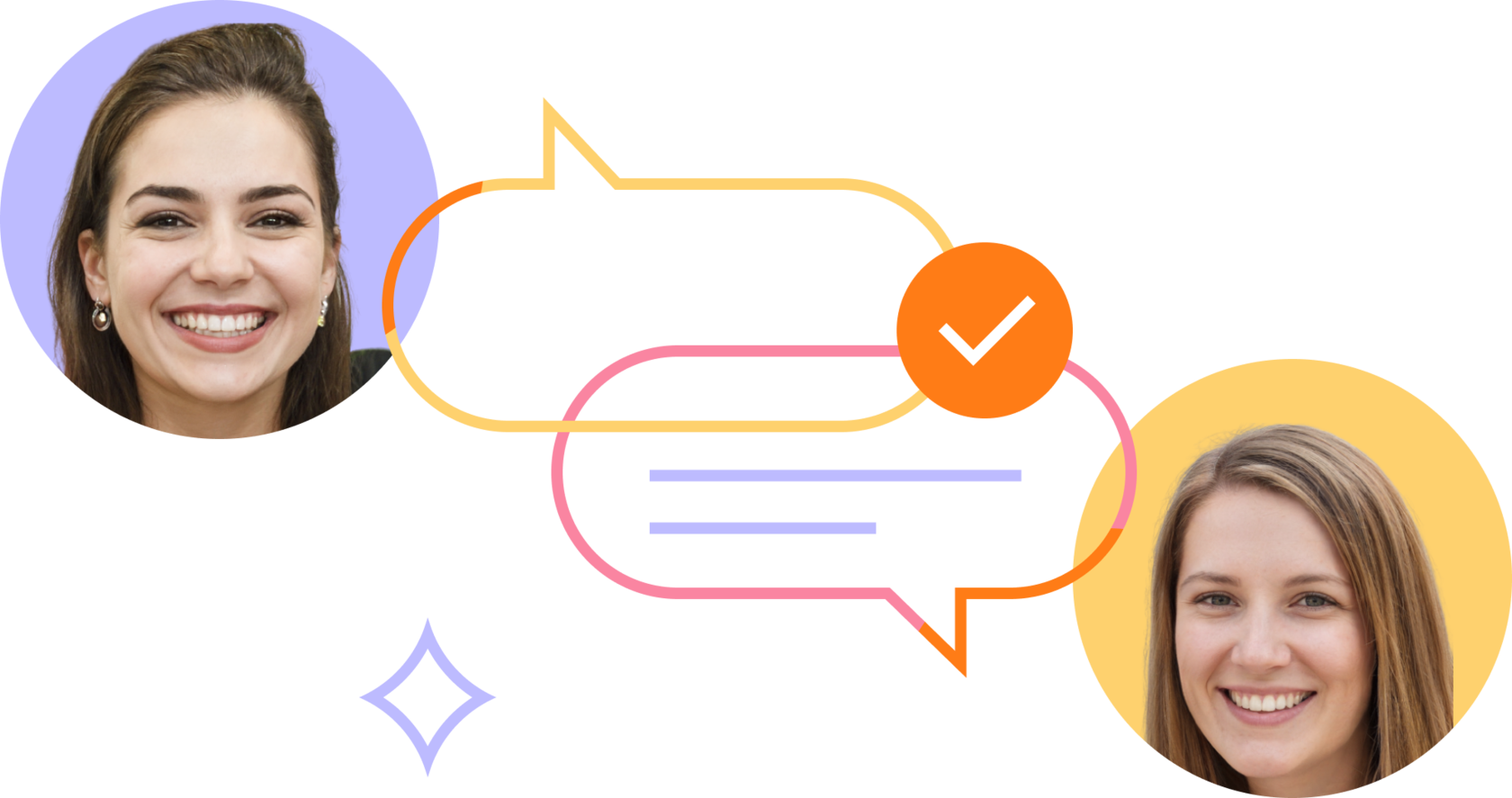


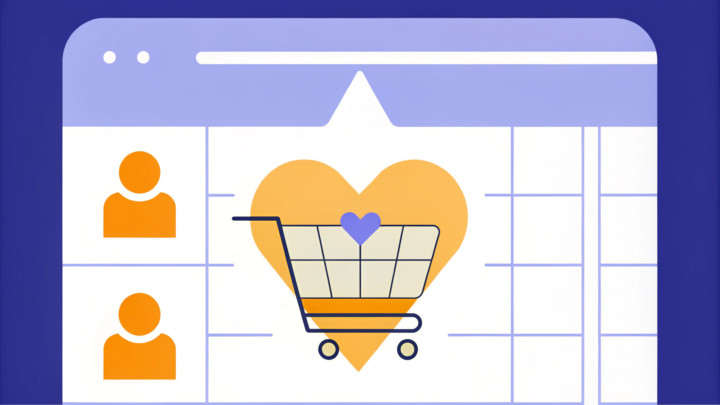


![The ultimate guide to growth marketing in 2025 [explained by a growth hacker]](https://www.dashly.io/blog/wp-content/uploads/2023/04/The-ultimate-guide-to-growth-marketing-explained-by-a-growth-hacker-720x317.png)
